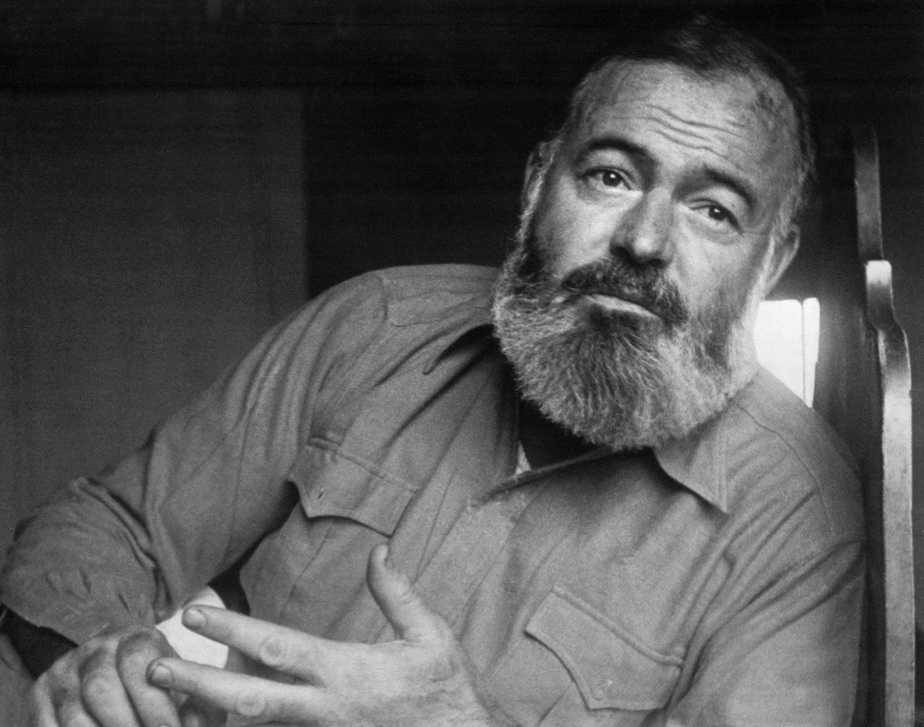by Edward Frank
A counterpoint to the common writer’s advice
In keeping with the successful discussion concerning originality at the last workshop, a theme to consider might be a discussion of the concept of “Show Don’t Tell.” It was a comment I received on my rough draft. To some degree it was fair, but from another perspective it was bad advice.
Telling is appropriate for many things in a story. It allows you to better control the pace and feel of events than going full force with “showing.” Showing is good for some types of writing more than others. There needs to be a mixture of telling and showing, the proportions of each depend on the story the writer is trying to tell and how he wants it told. To a large degree “Show Not Tell” is pretty flippant advice – not always wrong, but not the solution for everything.
I would like to see the discussion framed from the perspective that it is not good advice and see where it goes. This definition can be found online:
“What does show don’t tell mean? Show don’t tell describes writing by showing the actions and relationships and feelings instead of just telling the reader what happened. This creates a much deeper connection and brings readers closer to you (or the main character).” Show Don’t Tell in Writing: The Ultimate Guide to Finally Getting it Right https://self-publishingschool.com/show-dont-tell-writing/
I would present the contrary viewpoint such as this below as a jumping off point for the discussion:
It doesn’t follow that all a writer should do is show. To my mind, the phrase “Show, don’t tell” is a wink and a nod, an implicit compact between a lazy teacher and a lazy student when the writer needs to dig deeper to figure out what isn’t working in his story…To put it more succinctly, fiction can give us thought: It can tell. And where would Proust be if he couldn’t tell? Or Woolf, or Fitzgerald? Or William Trevor or Alice Munro or George Saunders or Lorrie Moore? And yet day after day we hear “Show, don’t tell.” And there’s real fall-out. I see it constantly among my students, who are nothing if not adjective-happy. Do we need to know that a couch is a “big brown torn vinyl couch”? We are writing fiction, not constructing a Mad Lib. Yet writers have been told to describe, and so they do, ad nauseum. It’s like the sentence that was popular in typing classes—“The quick brown fox jumped over the lazy dogs.” Well, this is a good typing sentence (it contains every letter of the alphabet), but it’s a bad fiction sentence. If you ask me, the real reason people choose to show rather than tell is that it’s so much easier to write “the big brown torn vinyl couch” than it is to describe internal emotional states without resorting to canned and sentimental language. You will never be told you’re cheesy if you describe a couch, but you might very well be told you’re cheesy if you try to describe loneliness. The phrase “Show, don’t tell,” then, provides cover for writers who don’t want to do what’s hardest (but most crucial) in fiction.
Why “Show, Don’t Tell” Is the Great Lie of Writing Workshops, By: Jessica Strawser | June 19, 2012. https://www.writersdigest.com/editor-blogs/there-are-no-rules/why-show-dont-tell-is-the-great-lie-of-writing-workshops
This article calls for a balance between the two forms and suggests when telling is more effective:
“As with most things in life, a healthy balance between showing and telling is often needed to maintain your sanity — and that of your readers. Why? Because to write an entire story with “Show, Don’t Tell” in mind would leave you with a lengthy and likely overblown manuscript. In fact, to do so is virtually impossible.
Telling is often a more concise mode of communication, and that brevity comes in handy in many cases, such as:
1. When showing the passage of time
2. When relaying simple backstory or exposition
3. When capturing the narrative voice of some characters
4. When expressing a simple statement
5. When crafting most dialogue
6. When transitioning between settings
7. When balancing lengthy “showing” descriptions
8. When highlighting an important thought or action
Telling is also more common in certain narrative frameworks, such as stories told as legends or retellings. Of course, sometimes telling simply creates a better narrative flow than showing, and it’s perfectly okay to make use of telling in those instances. Alternatively, showing is often quite effective at immersing readers in a point-of-view character’s mindset, helping them visualize the story world, engage with the action, and empathize with the stakes at hand.” How to Balance “Show, Don’t Tell” in Your Writing. Kristen Kieffer, October 24, 2018. https://www.well-storied.com/blog/what-does-show-dont-tell-really-mean
I personally would argue that telling is important if you want to create an observational or ironic feel in something that is being written. It can be used to create a slower, more thoughtful, and perhaps more poetic feel for a work or parts of a story. Showing presents itself as more of a fast paced in your face type of story that might not be appropriate for the story you want to tell.
To a degree I think genre also plays a role. In a contemporary novel people know how the world is working. In fantasy and in science fiction how the magic in the world works or how the technology works or the political or cultural situation often needs to be explained. This can be minimal – it just works but there is no explanation of how. But the reader needs to be aware that things work differently.
You don’t want to have a long info dump like was common in many early science fiction works, but even worse is an explanation that is just so bad it pulls the reader out of the story. But in most of these cases telling more efficiently conveys the information the reader needs than can be done by showing. It can tell readers something in a single page or paragraph that would still be unclear after multiple pages of showing, and allow the story to move forward from that point.




